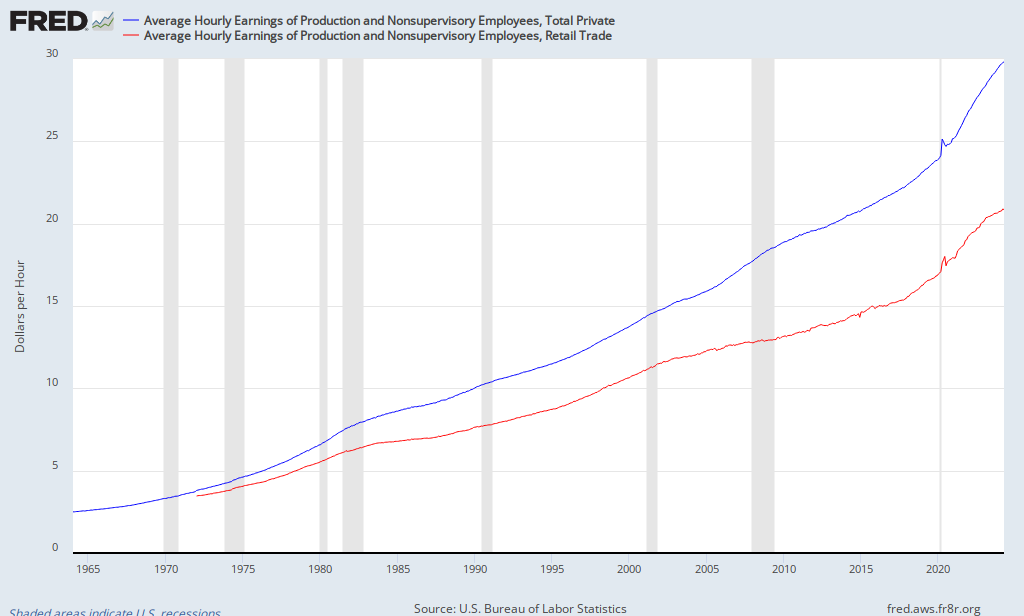Now that the election is over, it seems like all the politicians and pundits can talk about is the so-called "fiscal cliff." But the chatter around the fiscal cliff is deeply weird, so in this post I will explain what it is and what the issues involved mean for the middle class.
Just what is the fiscal cliff? It is the combination of spending cuts and tax increases set to take place on January 1 based on several different laws. Estimates of the consequences run as high as
$800 billion next year, or 5.2% of the country's
$15.29 trillion gross domestic product in 2011. Yes, that would mean a recession, with obvious consequences for the middle class. But this is only true if we did nothing after January 1, and that's not going to happen.
To put it another way, $800 billion is a 72.7% cut in the government's
budget deficit for the just ended 2012 fiscal year. You would think this would make the people calling for an immediate cut in the deficit happy, but nooooo.
Just the opposite, which is the weirdest aspect of the entire debate. I'll come back to that in a minute; first, let's look at the main components of the fiscal cliff.
The biggest chunk is $426 billion from the final expiration of the Bush tax cuts, according to a
Bloomberg analysis in July. Of this, $358 billion is for the first $250,000 of all taxpayers' earnings, and the remaining $68 billion is for the tax cuts for income above $250,000 ($200,000 for a single person) that President Obama wants to get rid of. Both Republicans and Democrats want to retain the tax break for 98% of households, but Republicans will try to hold it hostage to the cuts for the other 2%. Since the Bush tax cuts expire if nothing gets done (because they were originally passed through the Senate's reconciliation procedure, which gave them a 10-year lifespan; then renewed for 2 years in 2010), on January 1 the Republicans will have no more leverage on this. Thus, I expect that the middle class tax cuts will be made permanent and, by early January at the latest, the $68 billion will be all that will have expired. Since the wealthy spend less of their income than do the middle class or poor, this tax increase will have little contractionary effect on the economy.
Another set of tax provision affecting couples with over $250,000 and individuals over $200,000 is contained in the Affordable Care Act. These folks will have to pay an extra 0.9% tax on earnings over the thresholds for Medicare, and an extra 3.8% on investment income, starting in 2013. According to an
Associated Press estimate, this will raise $318 billion over 10 years, so we'll call it $30 billion for 2013. Since this is part of the funding for Obamacare, the President is highly unlikely to budge on this. Again, as a tax hike on the top 2%, it will have relatively little contractionary effect.
There are $110 billion in automatic spending cuts scheduled in 2013 due to the so-called "sequester." These were triggered last year when
no deal was made on long-term deficit reduction. With unemployment still at 7.9%, government spending cuts are definitely harmful to the middle class. To the extent that the $55 billion cut from the defense budget comes from overseas spending, there will be little contractionary effect in this country. That is, if we closed a military base in Germany, it would have more of an effect there than here. In any event, since the United States spends 41% of the world's total military expenditure,* we could afford to redirect quite a bit of this $711 billion annual expenditure (China is a very distant second at $143 billion) to other uses. Nation building at home, as the saying goes.
The other $55 billion would come from domestic discretionary spending, so the middle class would bear the full brunt of this. Of course, neither party wants to see "their" favorite budget items cut, so there is a good chance that these spending cuts will be delayed, which would be a good thing, though not as good as shifting some military spending into the domestic budget.
There's more, of course, but the basic outline is clear: we are seeing a replay of last year's debt ceiling "deal," in which Republicans are trying to pass austerity measures the public does not support and did not vote for in the just concluded election. Indeed, a majority voted not just for a Democratic President and a Democratic Senate, but for a Democratic House of Representatives as well, with Republicans maintaining a majority only due to
gerrymandering and compliant Republican courts. As
Paul Krugman points out, the self-proclaimed "fiscal hawks" are tying themselves up in knots on why going over the cliff is bad when it achieves their goal of debt reduction. The answer, of course, is that they want to cut "low-priority spending," by which they mean programs benefiting the middle class. As
Linda Beale argues, the right course for Democrats is to do nothing until January, when the Bush tax cuts will be gone and we can pass tax cuts more targeted to the middle class as well as redirecting spending from our bloated military to domestic programs.
* Source: SIPRI (Stockholm International Peace Research Institute) Military Expenditure Database 2011, http://milexdata.sipri.org
Cross-posted at
Angry Bear.




